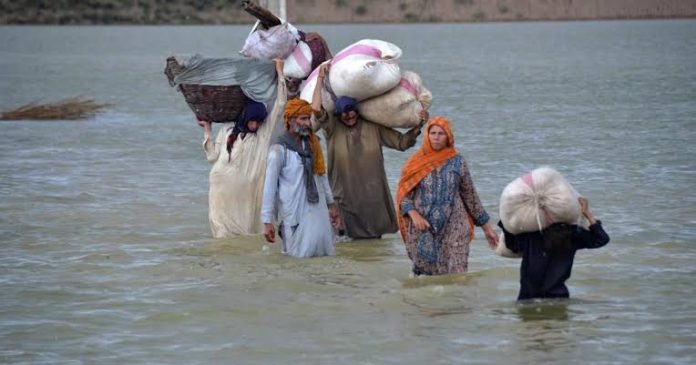Pakistan is once again facing devastating floods this monsoon season. Hundreds of people have lost their lives, and more than a hundred thousand have been forced from their homes.
Rivers have swelled, villages have been submerged, and even major cities like Karachi have come to a standstill. But behind the images of collapsed houses and stranded families lies a bigger question: why are the floods so destructive every year?
Experts point to a combination of natural forces and human actions. On one side, climate change is making rainfall heavier and more unpredictable. Rising global temperatures trap more moisture in the air, which then falls in the form of sudden and violent downpours.
Glaciers in the north are also melting faster, creating dangerous lakes that can burst without warning. For a country like Pakistan, which contributes very little to global emissions, the cost of this crisis feels unfair.
At the same time, poor planning has worsened the disaster. Construction along riverbeds continues despite laws meant to prevent it. Deforestation in the north has stripped away natural barriers that once slowed floods.
In cities, clogged drains and illegal housing block water channels, turning rain into chaos. Karachi is a prime example, where daily waste and encroachments choke stormwater systems.
Governance gaps have added to the suffering. Many rural communities say they received no warnings, and in urban areas, flood-control projects often remain underfunded or delayed.
Critics argue that without serious investment in climate resilience, every monsoon will bring the same cycle of destruction.
The tragedy of Pakistan’s floods is that they are no longer a surprise. They are expected, yet year after year, the damage grows worse. Until climate change is matched with strong local action such as reforestation, better drainage, and safer housing the floods will keep washing away lives, homes, and hope.
In the 2025 monsoon season, Pakistan has witnessed devastating floods that have so far taken the lives of more than 800 people, with nearly half of these casualties reported in August alone. Punjab province has seen massive displacement, forcing around 167,000 residents from their homes, while nearly 40,000 of them moved out beforehand after official alerts on August 14. In Khyber Pakhtunkhwa’s Buner district, a severe cloudburst unleashed over 150 millimetres of rainfall within just an hour, setting off flash floods and landslides that destroyed houses and swept away entire villages.


